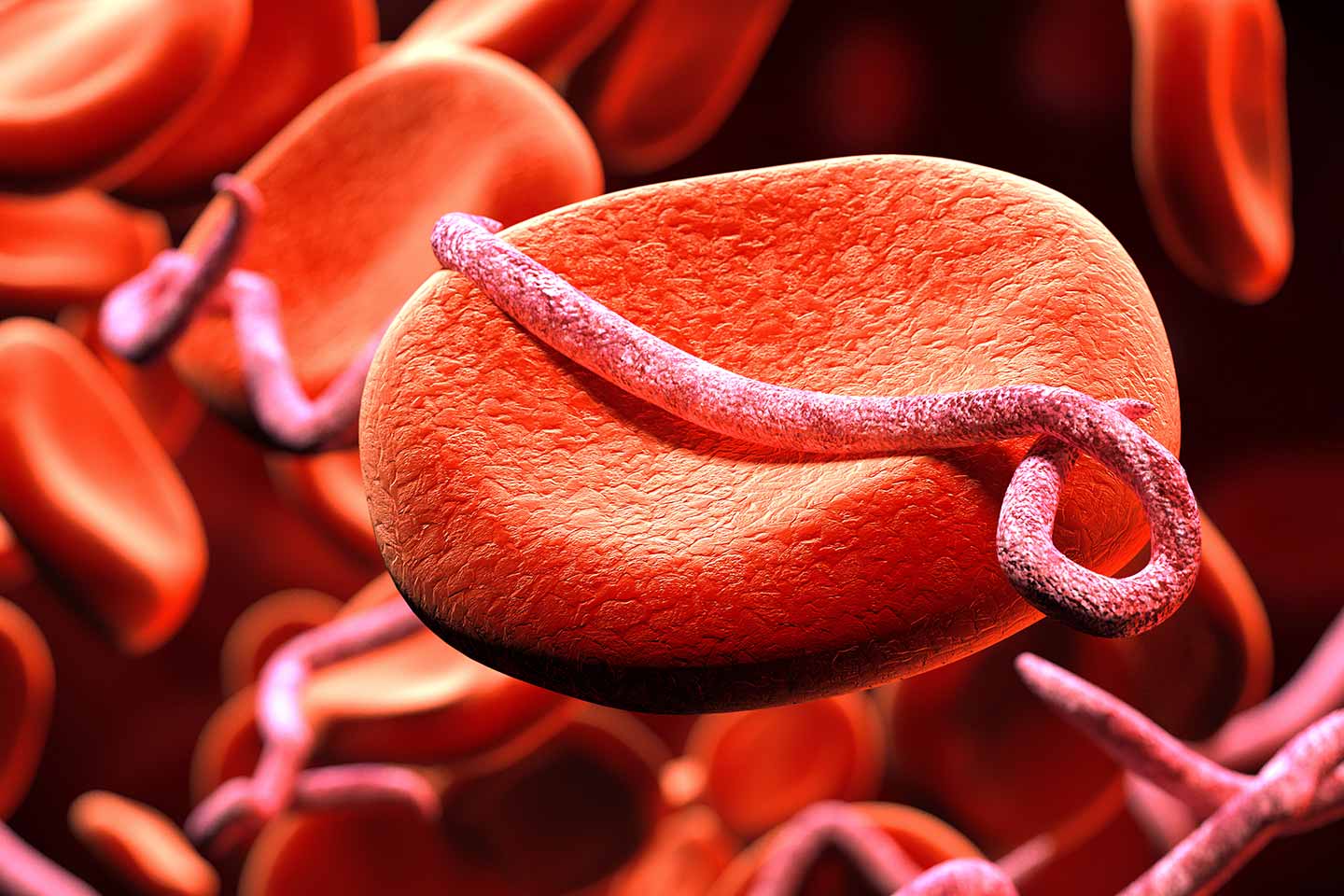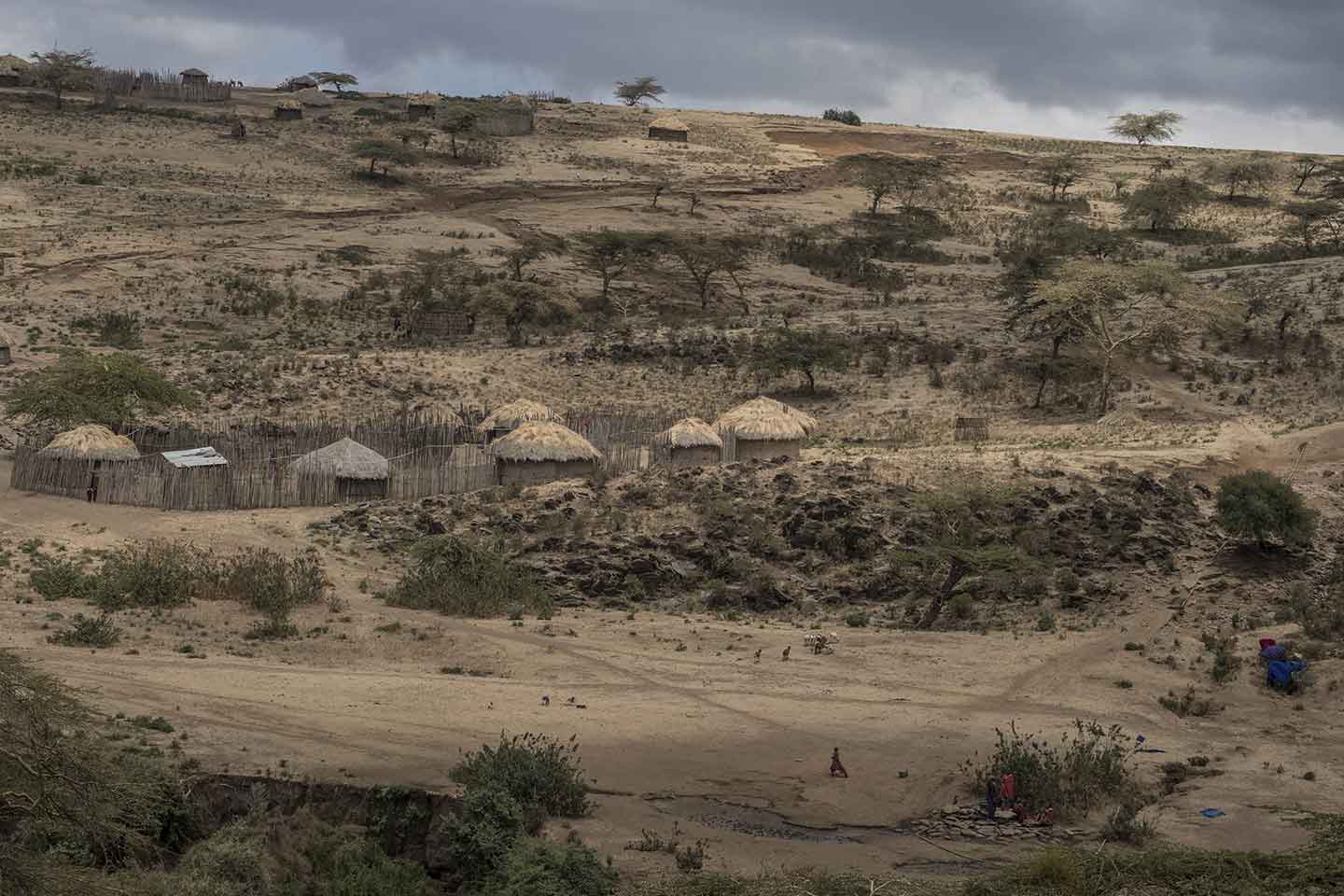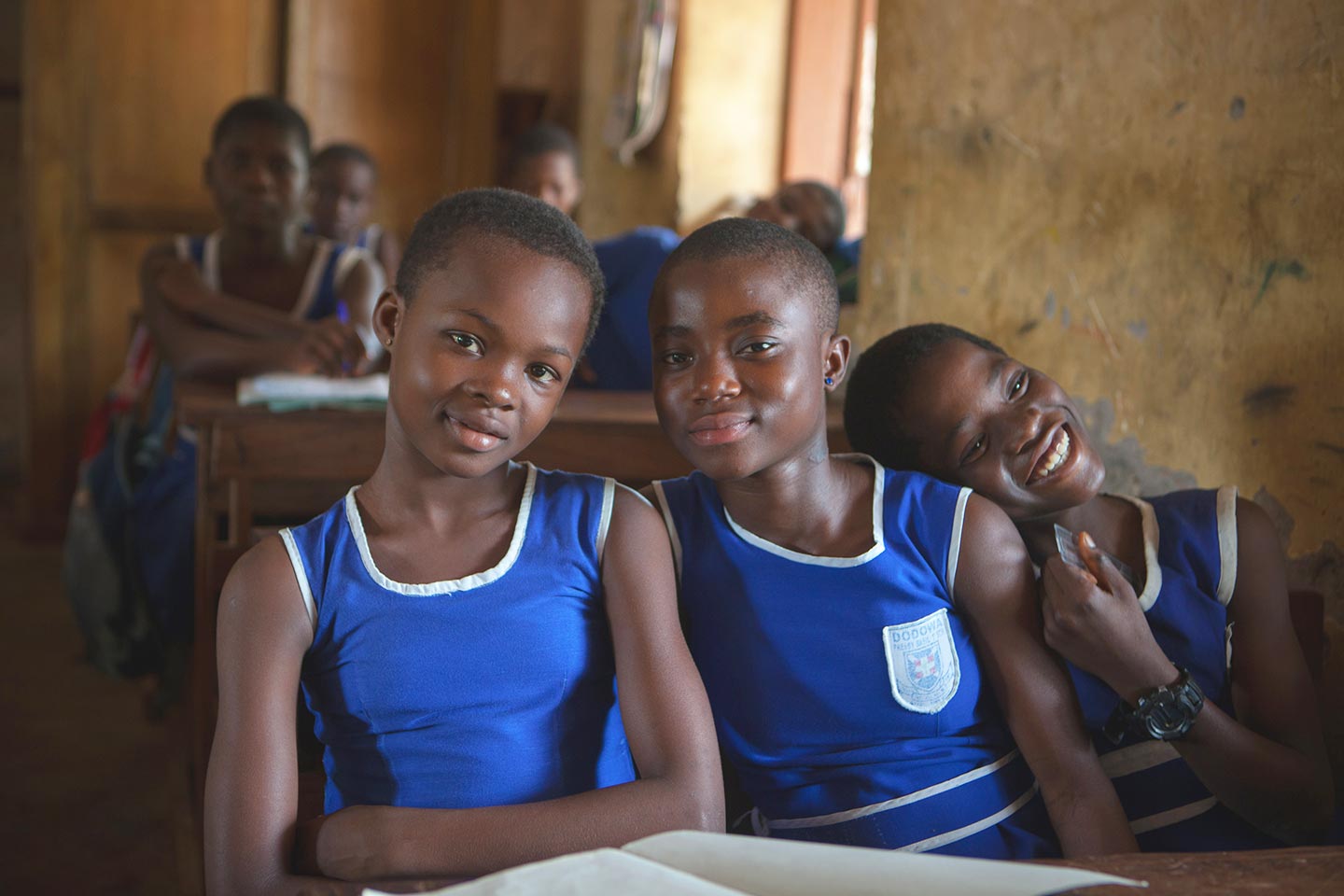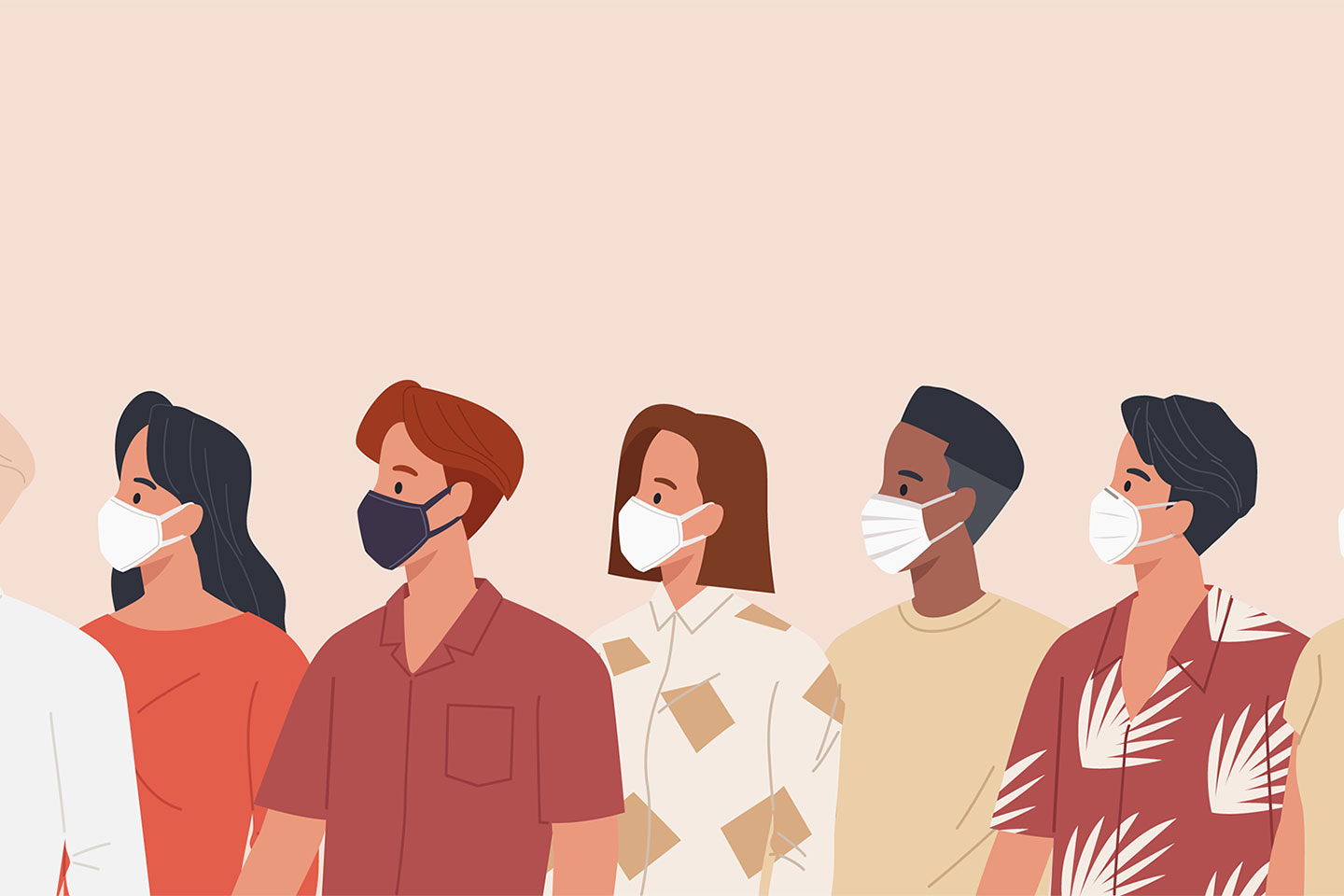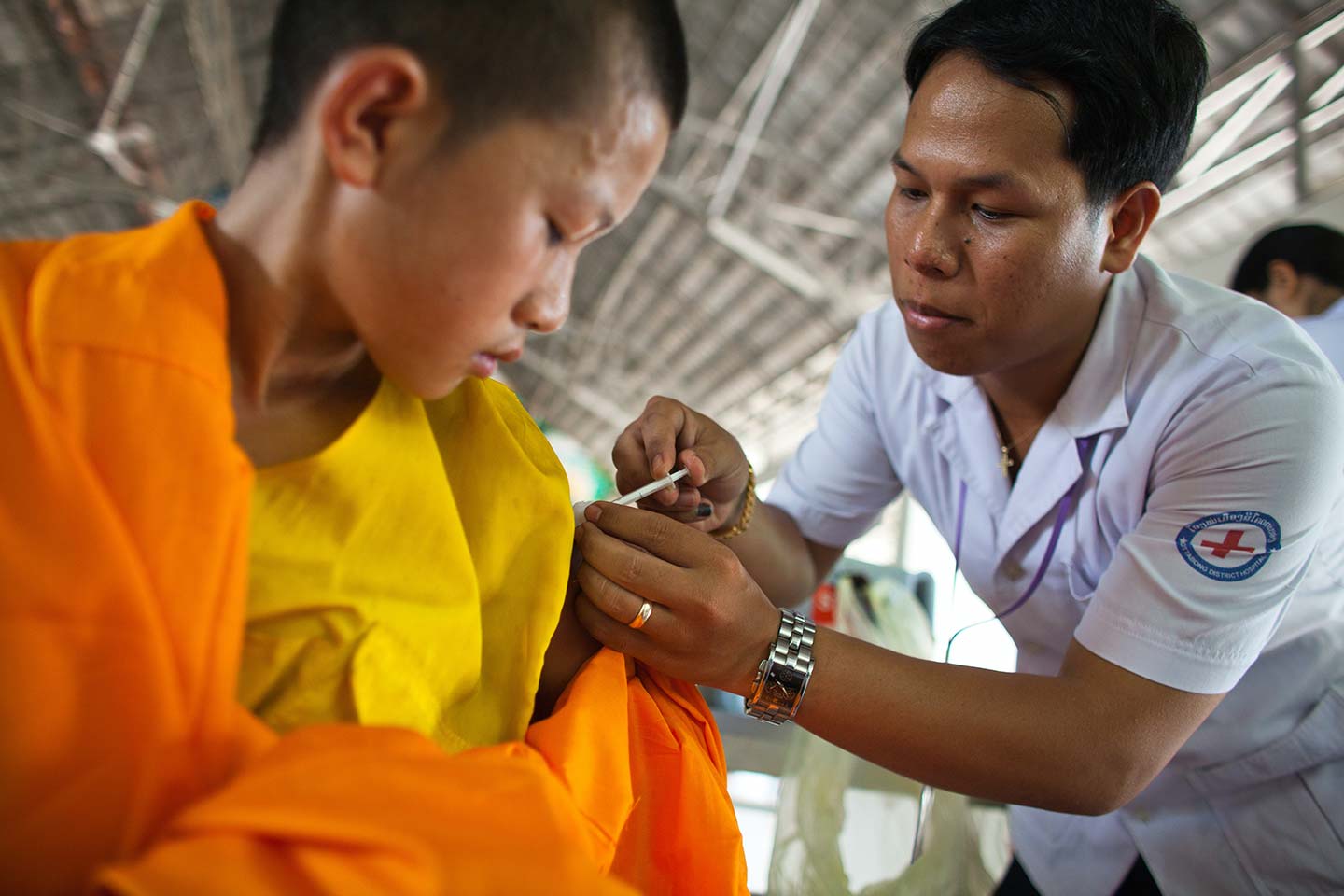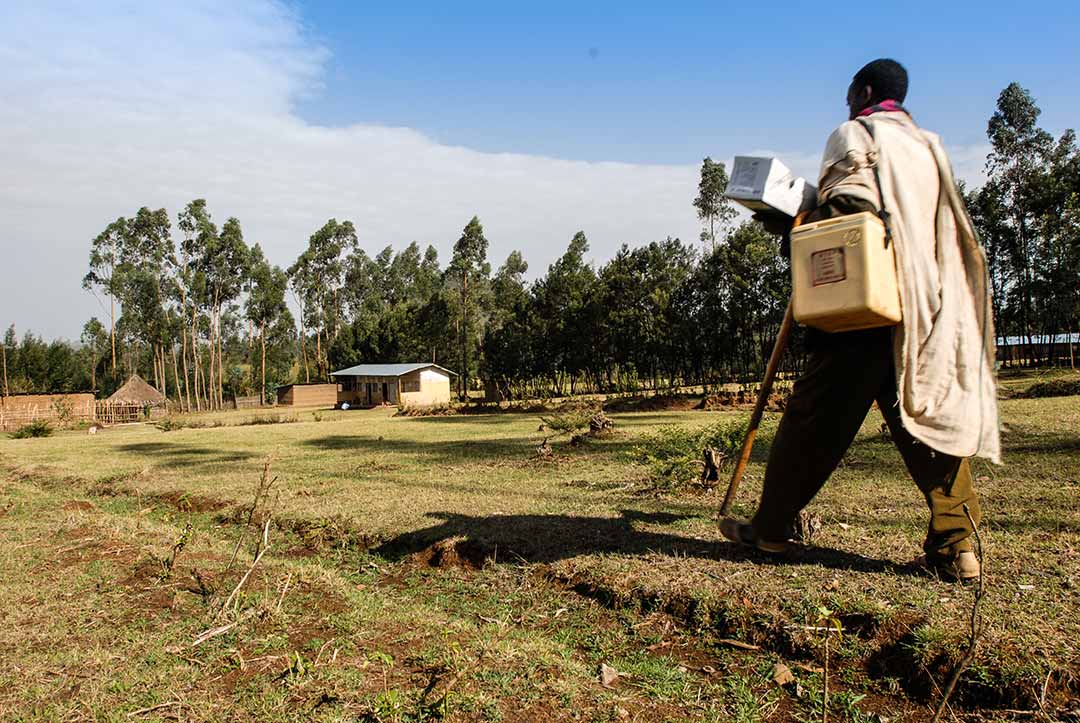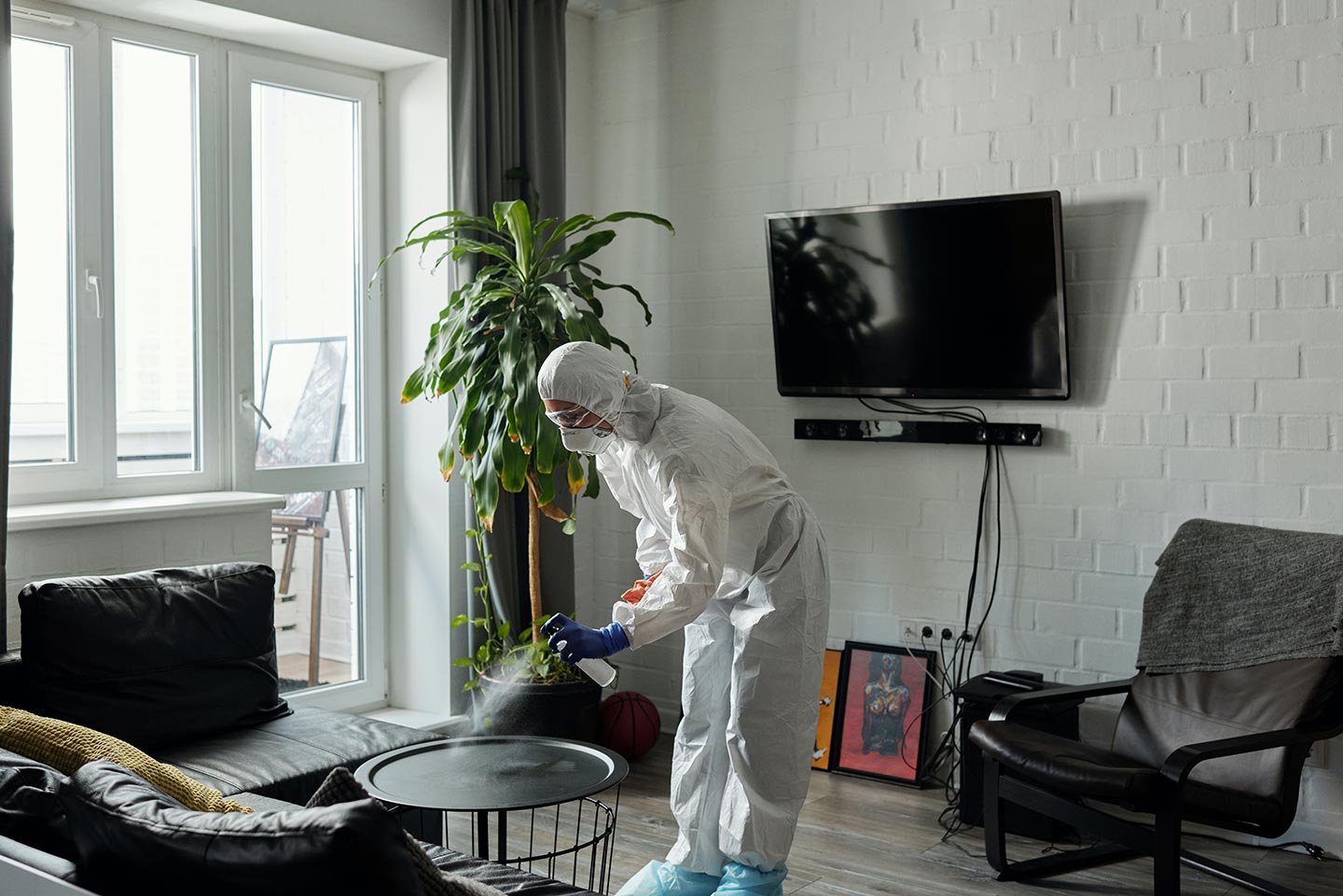A year of #VaccinesWork in 10 articles looking at vaccine-preventable diseases other than COVID-19
To mark the first anniversary of #VaccinesWork, we look back at some of the most read articles on diseases other than COVID-19 during an unprecedented year for global health.
- 29 March 2021
- 5 min read
- by Tetsekela Anyiam-Osigwe
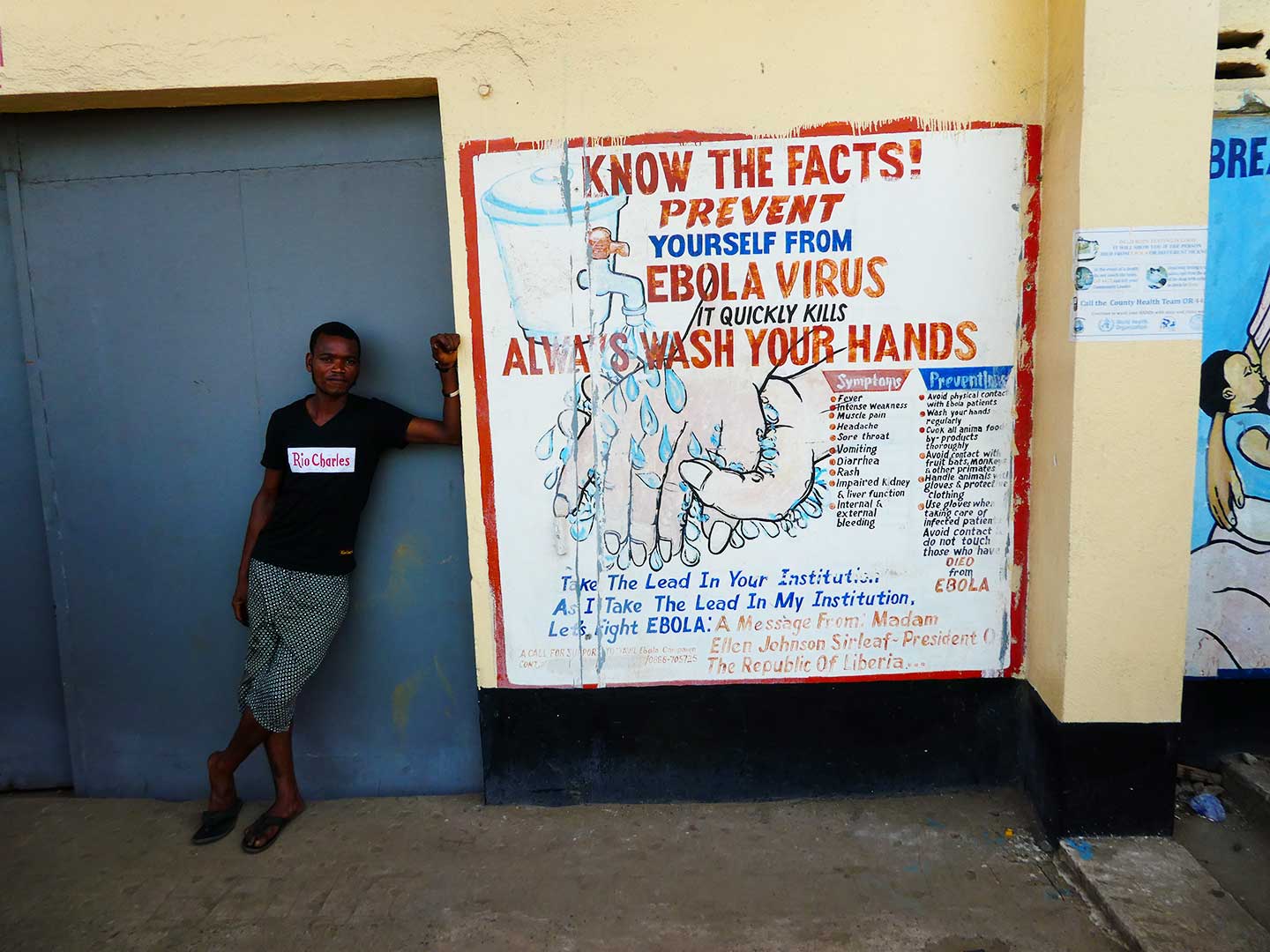
It’s been one year since the launch of #VaccinesWork and a little over a year since scientists first discovered the emergence of a new coronavirus in Wuhan, China. Yet while the world was focused on COVID-19, #VaccinesWork has continued to shine a spotlight on other diseases that continued to impact millions around the world.
The following ten articles published on #VaccinesWork over the past year highlight these other diseases, from those that have the potential to become the next pandemic to those that vaccines are working to prevent.
1. The next pandemic: Nipah virus?
Nipah virus can kill as many as three out of four people it infects. Since the fruit bat that carries the virus often comes into contact with humans, the potential for this virus to trigger a pandemic is high. This #VaccinesWork article, the first of our ‘Next Pandemic’ Series, explains why the development of drugs and vaccines for the disease is becoming increasingly more urgent.
2. From biodefence to the DRC: How the Ebola vaccine became one of the fastest vaccines to license in history
Before COVID-19 vaccines broke all records in terms of the time taken from development to licensure, the Ebola vaccine set a new benchmark as one of the fastest vaccines to go through the complex licensing process. Back in January we looked at the history of this groundbreaking vaccine, from the shelves of a Canadian biodefense lab to helping tackle one of the world’s largest ever outbreaks.
3. How long does immunity last against Ebola?
There is now a new outbreak of Ebola in Guinea, the first since the disease swept through the country as part of the wider West African outbreak in 2014-2016. Could survivors of the previous epidemic still be immune to the disease and, if not, will vaccine booster shots be necessary? This #VaccinesWork article explores just how long immunity could last.
4. More people could be put at risk from yellow fever because of climate change
Yellow fever is a tropical virus mostly found in Africa and South America, but we already know that climate change could lead to it potentially spreading to new habitats in Europe and the USA. Could it also lead to an increase in the number of cases and deaths even in the places it already exists? This #VaccinesWork article and video story give us some answers based on the latest scientific research.
5. How far away are we from a new TB vaccine?
One hundred years since its first use, the Bacillus Calmette-Guérin (BCG) vaccine remains the only licensed vaccine against a disease that has plagued humankind for thousands of years. Tuberculosis (TB) kills millions of people each year, but how far away are we from a new TB vaccine? In this article, published to mark this year’s World TB Day, we look at the most recent advances in vaccine development that are providing fresh hope to the world.
6. Can the world ever be cervical cancer-free?
Cervical cancer is the fourth most common type of cancer in women worldwide, with more than half a million new cases each year. Yet, if young women and girls are vaccinated against human papillomavirus (HPV) it is preventable. Find out why it’s now more important than ever to ensure continued access to HPV vaccines in order to eliminate cervical cancer around the world.
7. The last mile of polio eradication and the vaccination challenges it brings
We are close to a polio-free world, but some countries are now faced with responding to a polio outbreak that is linked to the oral polio vaccine (OPV) that uses a live but weakened form of the virus. In this article, Gavi’s Technical Advisor for Vaccine Implementation, Stephen Sosler, explores how and why cases of vaccine-derived disease are challenging the polio eradication effort.
8. Scientists edge closer to a universal flu vaccine
Developing a universal flu vaccine is notoriously difficult and people have been trying since the 1930s. This #VaccinesWork article puts the spotlight on a vaccine that appears to protect animals against multiple strains of flu, by tethering a relatively unchanging part of the surface proteins found on the virus to nanoparticles.
9. How COVID-19 may have increased dengue infections in Thailand and Singapore
We know COVID-19, and the associated lockdowns and distancing measures, have had an enormous impact on the global fight against other deadly diseases, from measles to malaria. Here we looked at how workplace shutdowns could be increasing exposure to the mosquitoes that spread the vicious dengue fever in Southeast Asia.
10. How vaccination can reduce sepsis and save millions of lives
Vaccines work against a range of diseases and issues that are far broader than the pathogen on the label, from certain cancers to antimicrobial resistance. Here #VaccinesWork looked at the impact some vaccines are having against one of the world’s biggest killers – sepsis, which takes the lives of over 11 million people every year.

